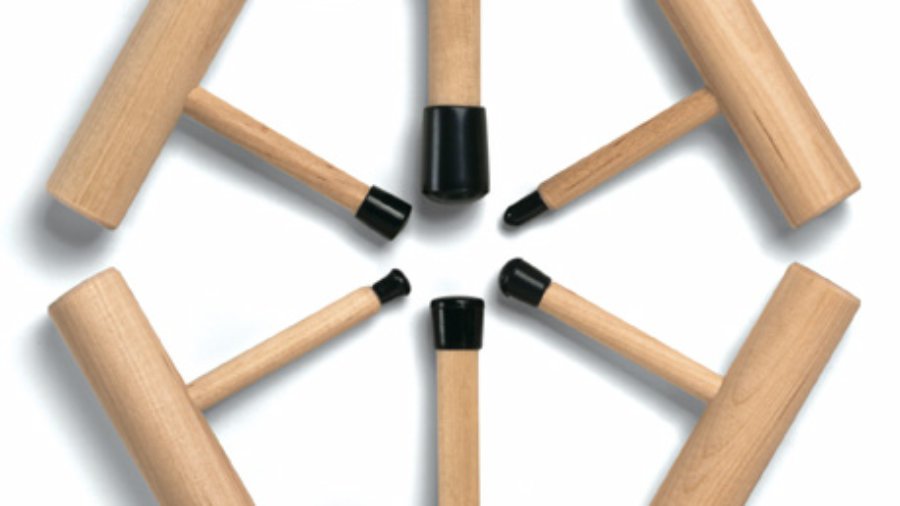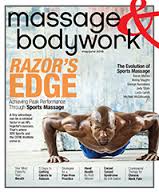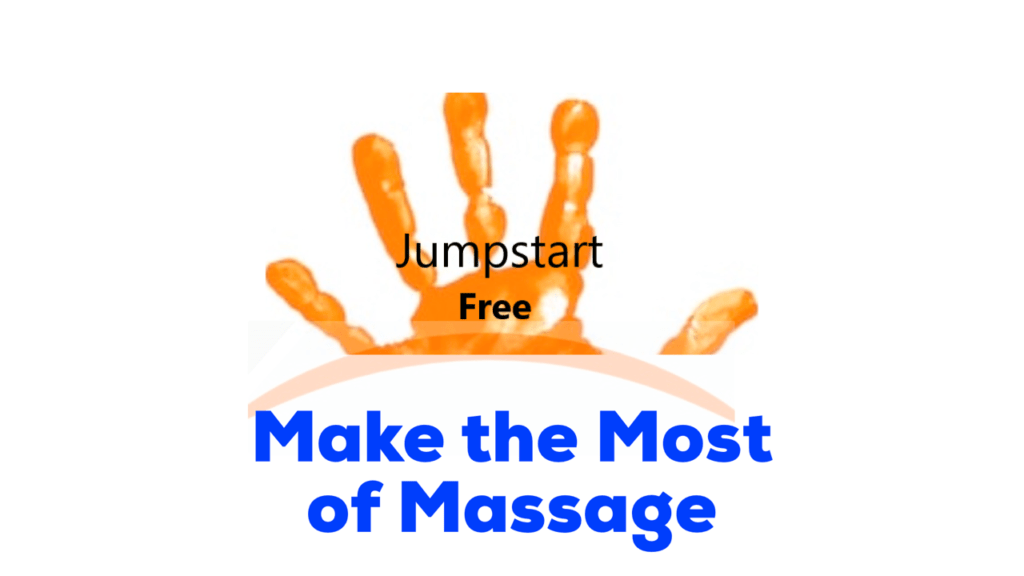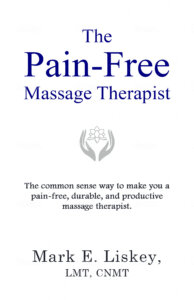The benefits of hand-held massage tools are that they can save your hands (e.g., spell tired thumbs) and improve the quality of your massage (e.g., get into certain areas of the body more effectively than fingers and thumbs). But many MTs shy away from massage tools because they haven’t been shown how to safely and effectively experiment with them. Here are my four guidelines for helping you to incorporate hand-held tools into your massage:
1. Use your thumb or finger next to the tool to maintain sensitivity.
Hands down, thumbs and fingers are the go-to tools for palpation. That said, if you put a thumb or a finger next to the part of the tool that is in contact with your client you’ve reestablished your means to pick up tight spots. Another way to overcome the loss of sensitivity with a tool is to do an exploratory stroke without the tool to find the area you want to work, then place the tool down once you’ve found the area.
2. Use a light grip and not a clench-fisted grip when holding the tool.
Most hand-held massage tools aren’t custom-designed. For instance, the handle for the T-Bar tool I use is too small for my hand and I tend to over-grip the handle, which can cause hand and wrist pain. However, if I grip the tool lightly and with my fingers tips (as opposed to having the tool in the palm of my hand) I can overcome the undersized handle short-coming.
3. Vary your grip frequently when using a tool.
Because we really only need to steady the massage tool as we press, we have the option of holding tools in virtually unlimited ways. This is huge in terms of reducing repetitive stress injuries. The more often you can share the workload between your fingers and thumbs by switching grips when using the tool, the less likely you will over-stress a particular joint, tendon or muscle.
4. Lean and don’t muscle the tool with your hand/forearm/arm and shoulder.
Steady the tool with a light grip, then lean without tightening your grip. If you feel like you need to tighten your grip as you ramp up the pressure, experiment with a new grip. Find the grip that requires the least amount of “gripping” and practice with it.
The T-Bar
Currently, the T-Bar with a beveled edge tip is my favorite hand-held tool. For one, it’s light and balanced, so it’s not going to be a strain on my hand. In addition, I can generate a focused pressure in the lamina groove, much better than I can with my thumbs or fingers. In the video I demonstrate how to use a T-Bar on the rotatores and multifidus. Remember to place your thumb or finger next to the beveled edge tip of the T-Bar and you’ll have all the sensitivity you’ll ever want.
My Best Massage Tools Online CEU Course
A while back I almost quit massage because of pain and injuries.
Then I spent a year revamping my massage to see if I could massage pain-free. Massage tools help saved my hands and upper-body.
Most massage therapists shy away from using massage tools because, less face it, it’s hard to be sensitive with a piece of plastic or a hunk of wood–that is unless you have work-arounds.
I use massage tools in every massage from focused pressure work to total relaxation. I can do this because the work-arounds work and are easy to implement.
So, if you’re ready to take the plunge and delve into massage tools, I have an online, home-study course that will make your learning life easier.
Here it is: How to Use Massage Tools (Fearlessly and Effectively).







Comments on this entry are closed.